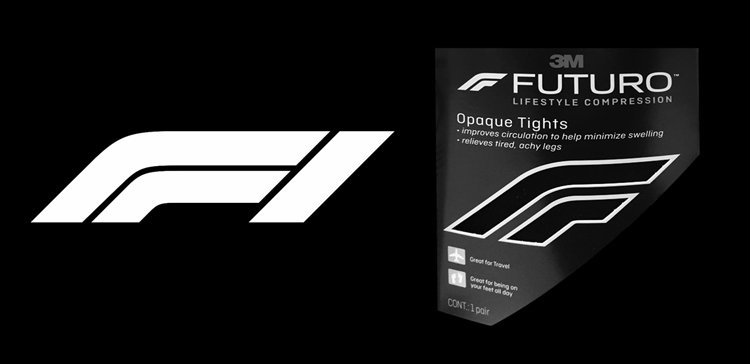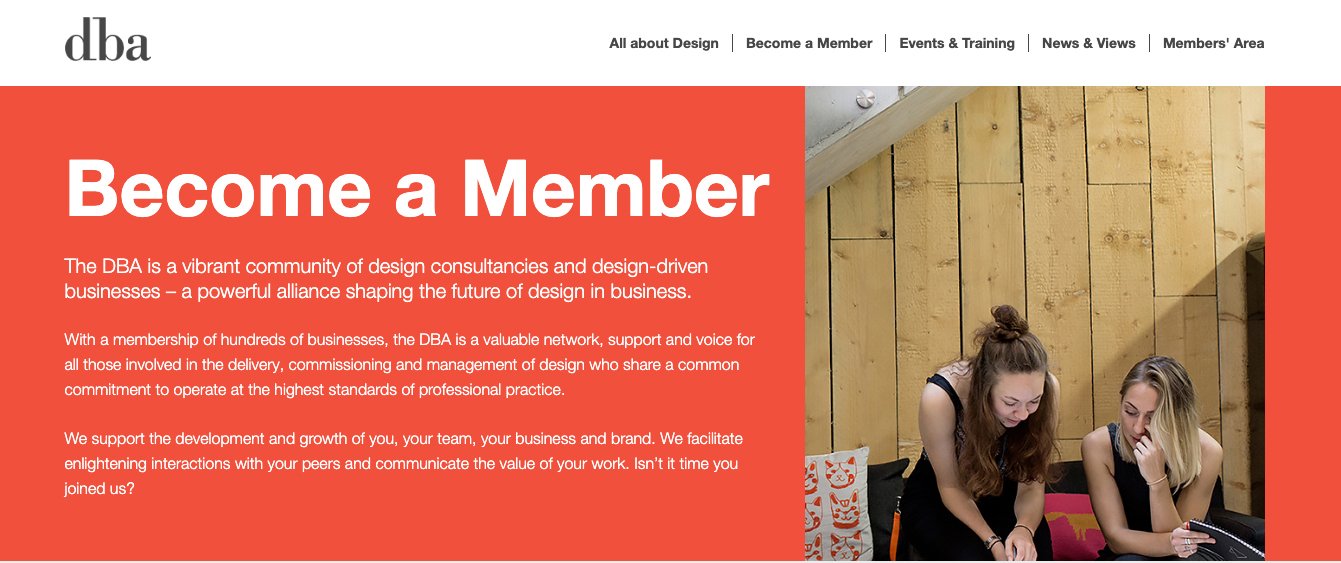Week 03 - Legal and IP Frameworks
Weekly leaning objectives
You will be working towards achieving the following learning outcomes detailed in Brief 1:
LO1: Research – select and deploy appropriate research methodologies to inform the needs within a project.
LO4: Distil – position a creative strategic insight that has been distilled and refined through an informed investigation.
LO9: Communicate – communicate effectively in a range of contexts and situations to specialist and non-specialist audiences.
L10: Manage – demonstrate applied planning and organisational skills to support self-directed project work and inform ongoing professional development needs.
Week 03: Legal and IP Frameworks
Comparing Different Case Studies, Media Use and Equity Ownership
This week is all about the formal and legislative parts of running a business as a designer. (Ek!)
The introduction by Susanna is about examining the legal and intellectual property frameworks that impact designers. Each country has specific laws governing image use, ownership, and photography rights. Hopefully, this will help me decipher the broad framework of intellectual property issues and its application in design and from traditional print materials to global design challenges, look and explore areas such as image rights, typefaces, and copyright.
Also, we address the ownership of ideas, brand names, and design studios and gain a comprehensive understanding of intellectual property in design and its professional implications.
Lecture Introduction
This podcast lecture explores copyright overview and principles and is presented by Alec Dudson, Kevin Poulter and Jonny Mayner. There will be case studies to highlight copyright issues.
We will ask the following questions:
How do we become aware of naming and copyright issues?
What are the basic pitfalls of illegal practice?
What are the common areas of copyright process and the ethical and legal factors most commonly affecting graphic designers? (Model Release, children, ethics etc.)
Question 1 - How should graphic designers make themselves aware of any naming and copyright issues ideally before they get caught out by them?
Check the naming doesn’t cross any lines in terms of infringing someone else’s rights.
Check with UK IPO, the United Kingdom Intellectual Property Office and their (free) access to the database of registered trademarks
The register isn’t comprised of just names - there are logos, icons and devices with more stylistic elements to them
Tokyo Olympics: Logo Plagiarism Row
Case study 01 - Tokyo Olympics vs Theatre of Liege
This was a great case study to look at, and if you put them side by side there are similarities. But with one being a theatre in Belgium and the other part of a global brand (Olympics), regardless of going through a dispute, it was really the public opinion which took its toll.
Apparently, this logo was available on Pinterest (Research!!!!!)
Facebook - How this blew up on Social Media
Jose Martinez points out that he doesn’t think this is plagiarism, but was created in all honesty, and probably has the early concepts to back this up. He also states…
“If Studio Debie was a small shop that was only known locally, this conversation wouldn’t even exist.”
So the issue here was mainly over the ‘T’. If the Tokyo 2020 logo hadn’t been used on such a big global stage, this might of been overlooked but the question there is have they or have they not copied the whole or a substantial part of the original work? This will go back to the theatre in Belgium and whether they have any copyright on their creative process. There was probably no loss of sales for the Liege Theatre. In fact, it probably shone the spotlight on this theatre in Belguim - great PR!
Formula One: Wieden + Kennedy
Case study 02 - Wieden + Kennedy Vs 3M
Wieden + Kennedy, who are one of the biggest agencies in the world, put together this new identity, and the article here, dated January 19th of 2018, which says that they were facing a copyright dispute because of a similarity to a brand owned by manufacturing giant 3M.
This rebrand received criticism when it launched, and if you look at them side by side, there are similarities. Wieden + Kennedy’s executive creative director, Richard Turley, said it “embodied the core forces of F1 racing – '"speed, attack and control and that it looked “to the future” but was inspired by a history of motorsport graphics. Sophisticated searches are always available, and with goliath brands like this, it is always good to check with a global brand or trademark expert early on for advice before a new logo is launched, which will safeguard against disagreements like this that end up aired in public.
Conclusion - Outline the legalities, IP and copyright details early on
Kevin Poulter and Jonny Mayner conclude that as a designer it would be really tough in the court, in the graphic design world, to put together a really seriously robust case to say that somebody had very clearly ripped you off if it comes down to a logo mark.
To avoid this, always cover yourself with a paper trail, emails and notes with your thought process along every route of the process just in case you need to prove yourself in future, but ultimately make sure ownership copyright is mentioned in your contract in the early stages before the project begins.
DBA Design Business Association - Giving my business some credibility
I’ve seen the logo on websites before, but if I’m honest I didn’t know what it stood for or how it was beneficial.
If you’re in the business of design, you’ve come to the right place. The DBA was set up by the design industry for the design industry. Everything we do is about championing effective design and supporting your business to be more effective.
Joining the DBA (Design Business Association) could be an excellent business decision for individuals and companies involved in the design industry. As a member, you gain access to a wealth of resources, networking opportunities, and industry insights that can foster professional growth and development.
The association provides a platform to connect with like-minded professionals, share knowledge, and collaborate on projects, fostering a sense of community within the design industry. Additionally, being part of the DBA signifies a commitment to upholding the highest standards of excellence in design practices and ethics, boosting credibility and trust.
As a member you can also benefit from exclusive workshops, seminars, and events that inform you of the latest trends and ultimately enhance your competitive edge. Moreover, the DBA's advocacy for the design industry's interests and its efforts to promote the value of design to the wider business community can help elevate the profession's standing and open up new opportunities for its members.
Sole trader or limited company single membership is £468.00 per year + vat
References:
Talis resources:
Alderson, Rob (2015), ‘Tokyo Olympics Logo embroiled in Plagiarism RowLinks to an external site.’,
The Guardian [online], 30 July. [Accessed 13 June 2023]
DBA Design Business Association [online].
https://www.dba.org.uk






